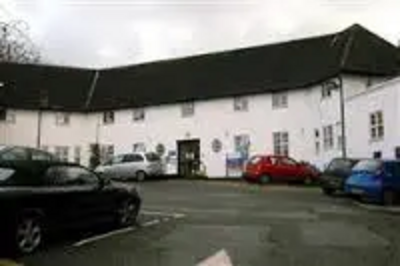Plans for New Primary Care Centre in Royston
Twenty-five years ago the "New Model of Care" for the NHS unveiled a three-point plan:
- Larger specialised hospitals for urgent assessment and treatment for specialised surgery and diagnosis and intensive care;
- Smaller local general hospitals for routine and less serious treatment, specialist clinics and out-patient work;
- Larger GP surgeries with better facilities, a wider range of services, clinics, diagnostic testing to make it easier to control patients with long-term diseases - like diabetes, COPD and heart disease.
The aims were to:
- Improve outcomes in tackling serious disease and trauma;
- Improve access to hospital services generally;
- Bring testing, follow-up, minor surgery and additional treatments closer to where patients live.
In Hertfordshire a long and sometimes painful process - which is still far from complete - is close to giving our county two major hospitals in Stevenage and Watford, and two local general hospitals in Welwyn Garden City and in Hemel Hempstead. Of course both Watford General and Hemel Hempstead hospitals are planned to be rebuilt, and there are still hospital facilities in St Albans and elsewhere.
What has most emphatically not happened was the parallel development of primary care in general, and general medical practice in particular. As a result most GP surgeries are now too small with little room to expand, and are often not easily accessible. Part of the problem is that GPs are private sector contractors providing a public service via the NHS. Although they do get help in obtaining capital for premises or expansion, the way a GP surgery is run and the services it provides is very much down to the decisions of the partnership.

This is why the plans of a consortium of businessmen and doctors to set up a non-profit making company to run a primary care clinic in the old Royston Hospital are interesting.
First of all they need to be able to buy the building and land from the NHS. Then there will be the cost of adapting an old building to modern requirements. Thirdly, there does seem to be a lot planned for the site - a 50-bed (in one report 75-bed) care home, an education centre for healthcare professionals, "flexi-care" housing for vulnerable adults, two GP practices, community nurses, physiotherapists, occupational therapists, counselling, outpatients facilities, health visitors, school nurses, an out-of-hours centre, minor injuries clinic - and an education centre for local schools and residents to study "animal habitats and wild life".
It seems too good to be true! Me? I'd happily settle for a large well appointed GP surgery, committed to the more effective control of patients' long-term conditions, with a pro-active attitude to preventative medicine, with a range of specialist doctors to hand, testing and diagnostic services on-site and regular consultancy clinics to save patients a long journey to hospital.
But good luck to the consortium - I hope they succeed.
